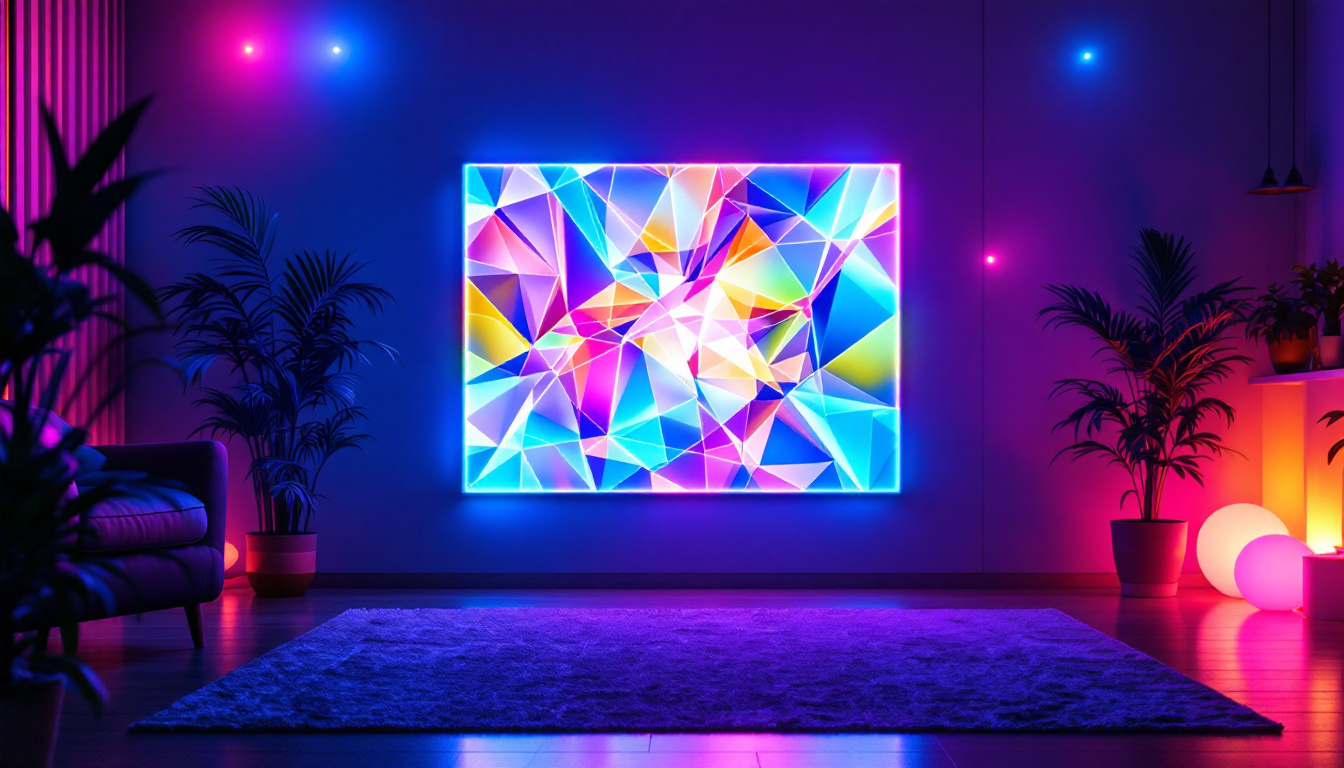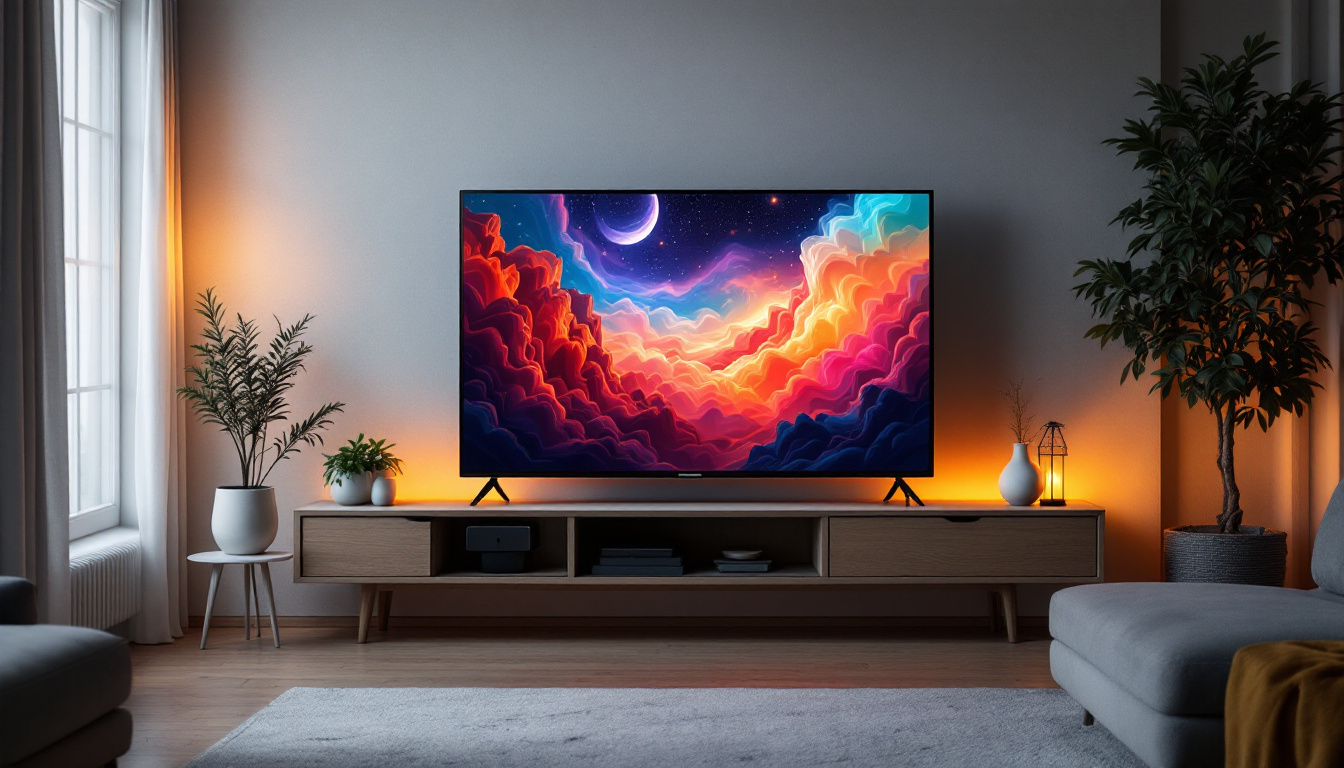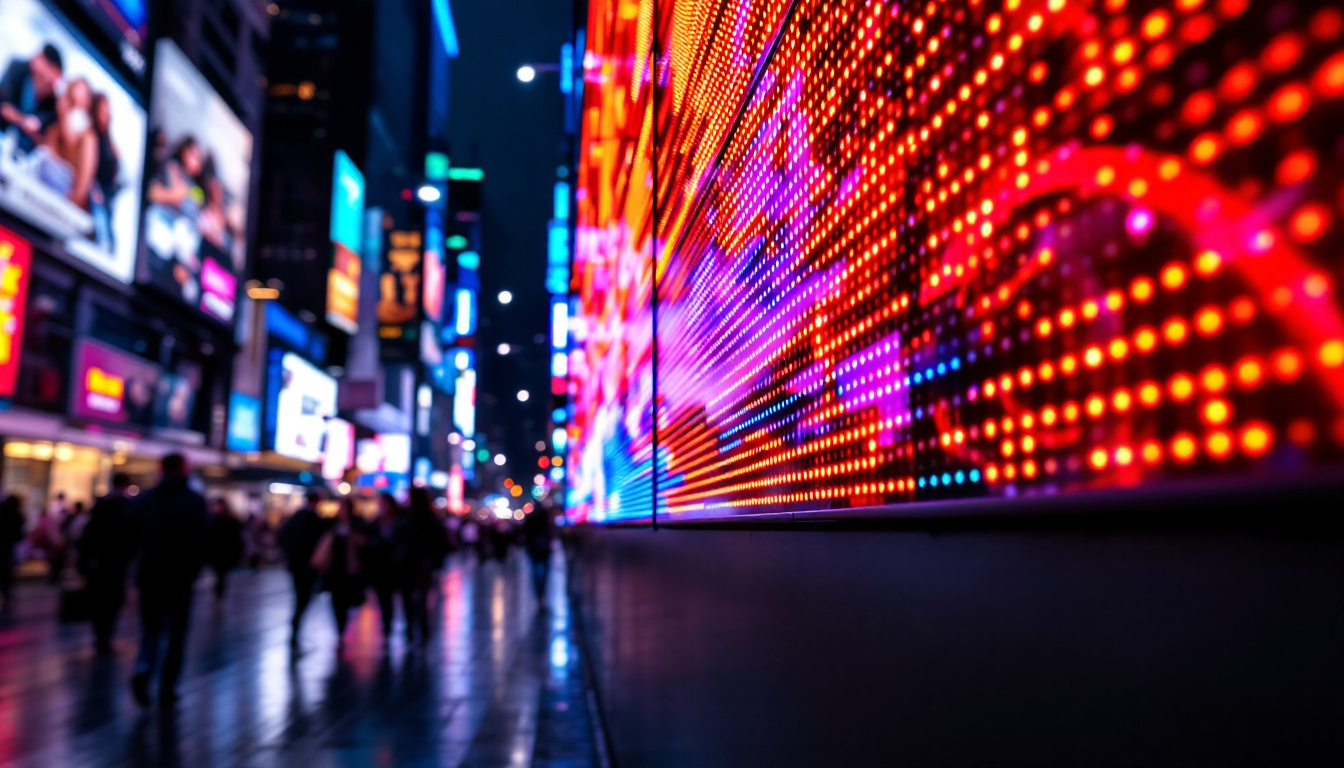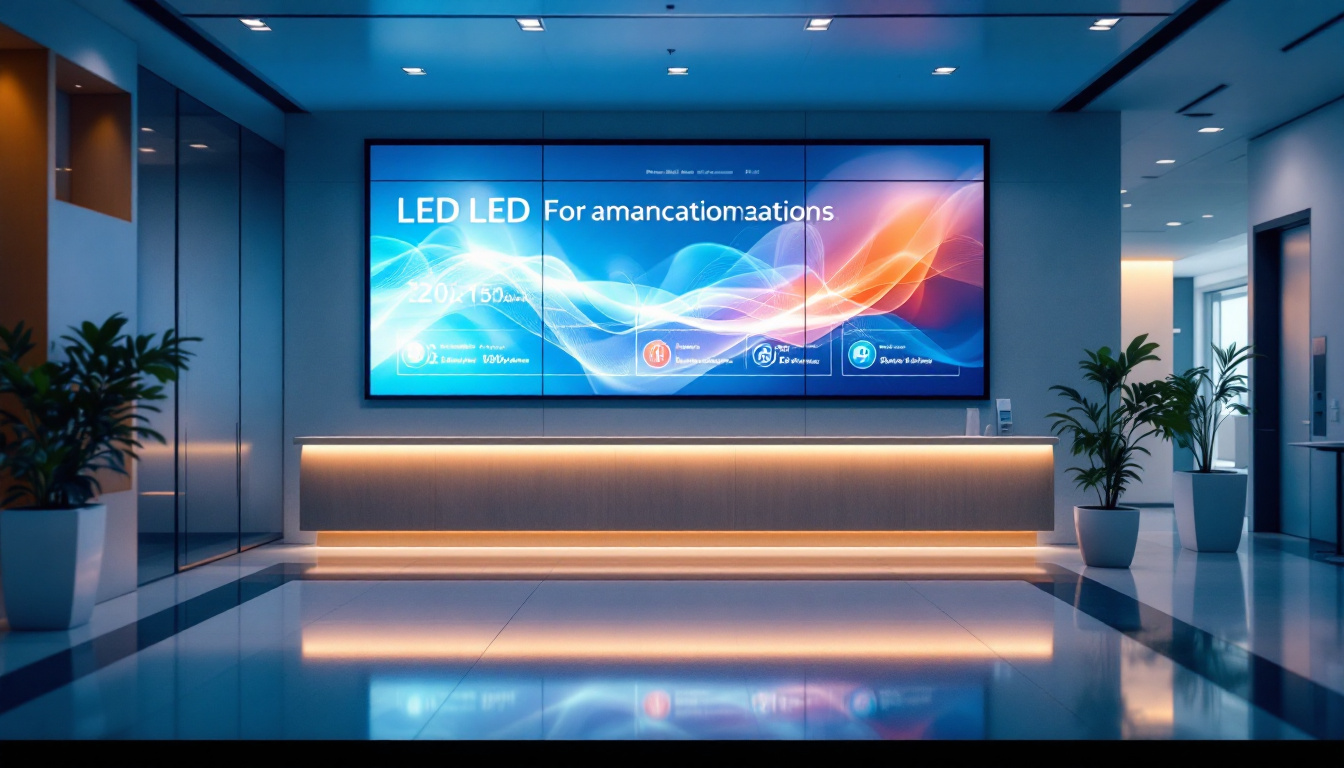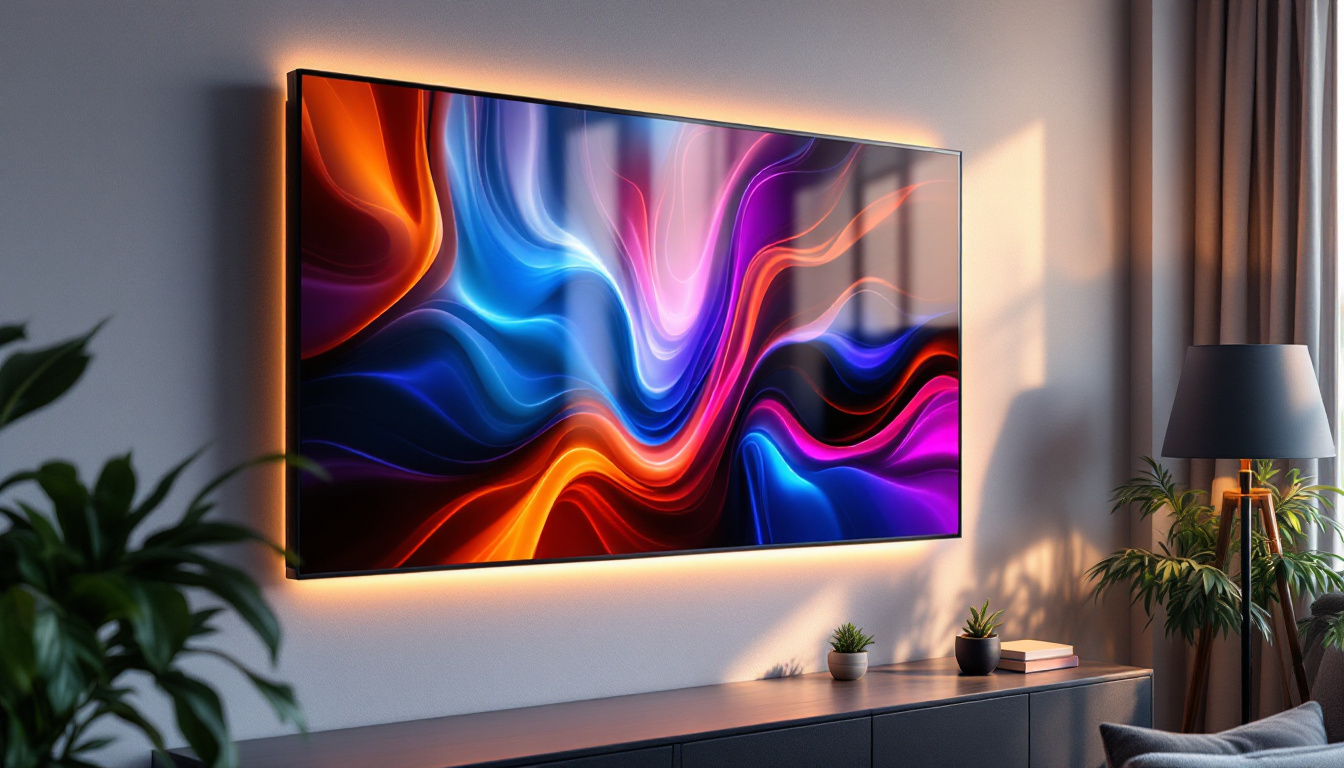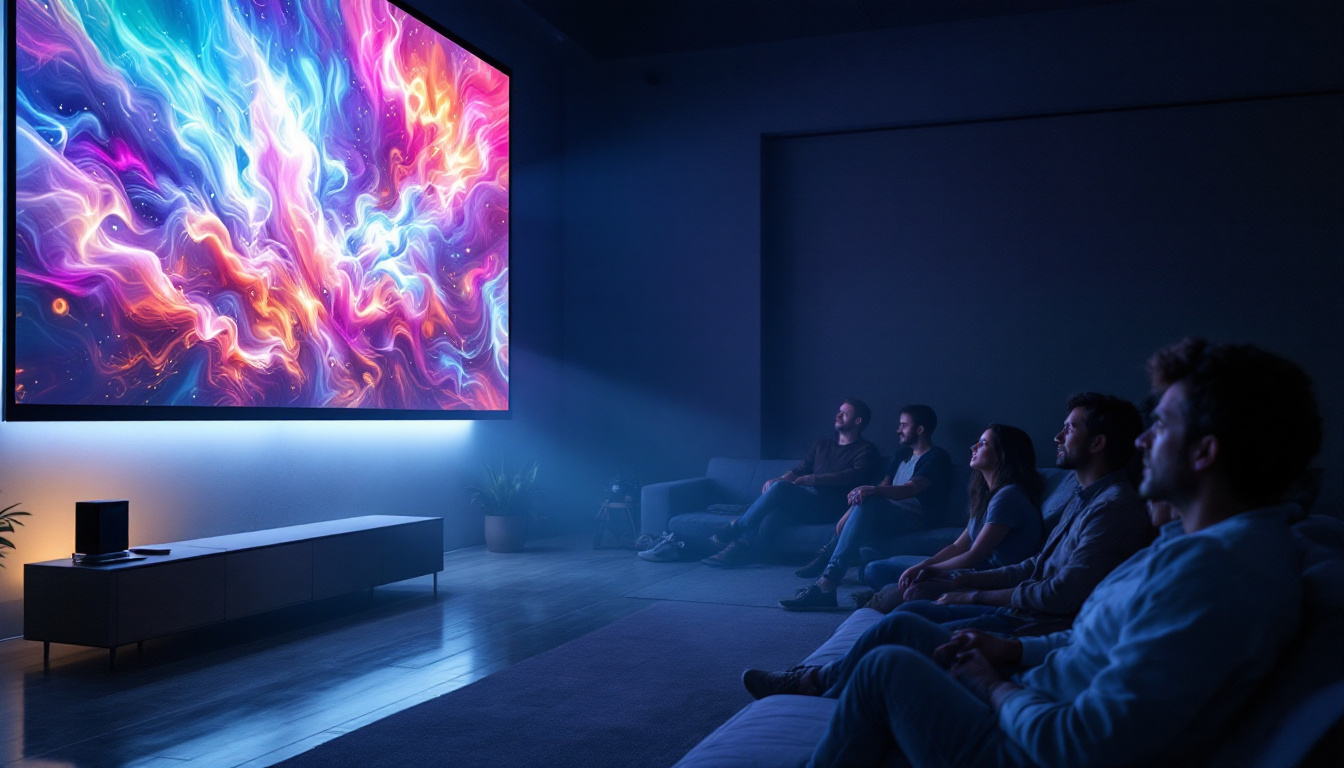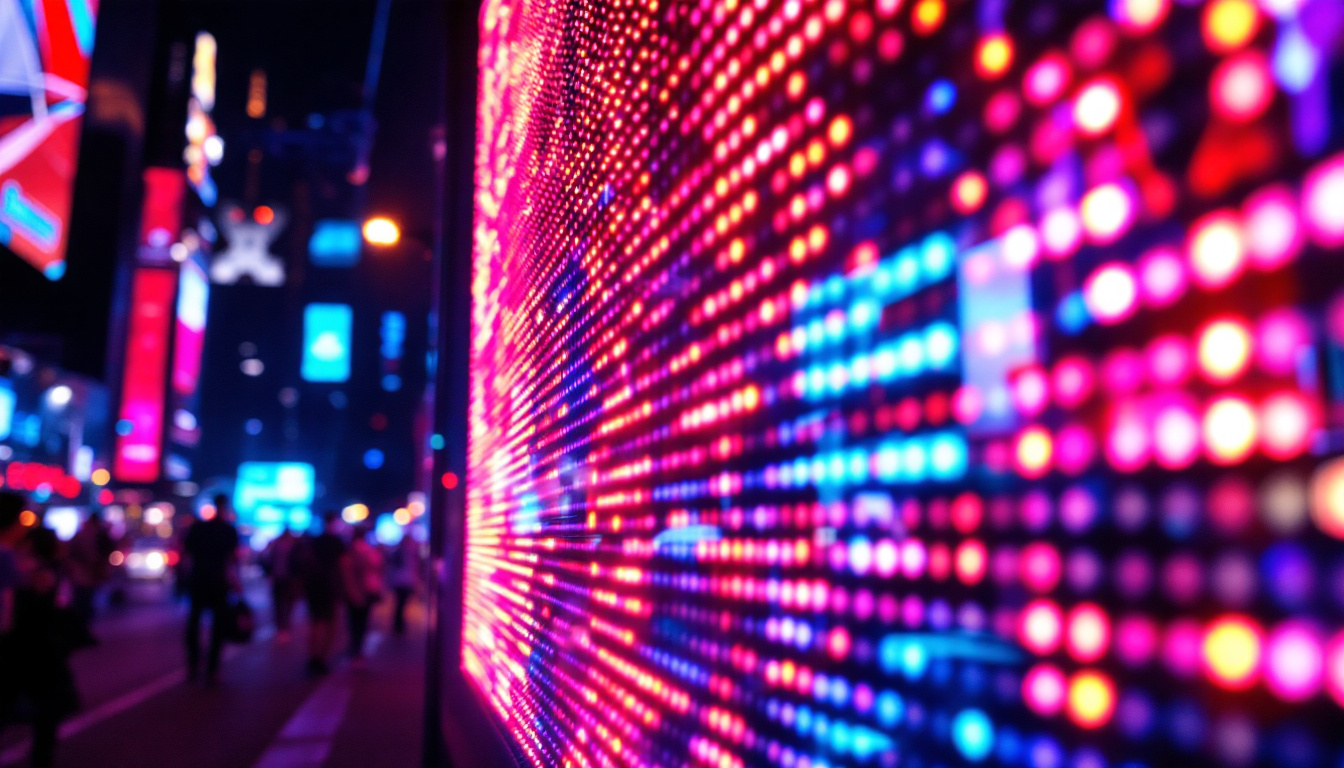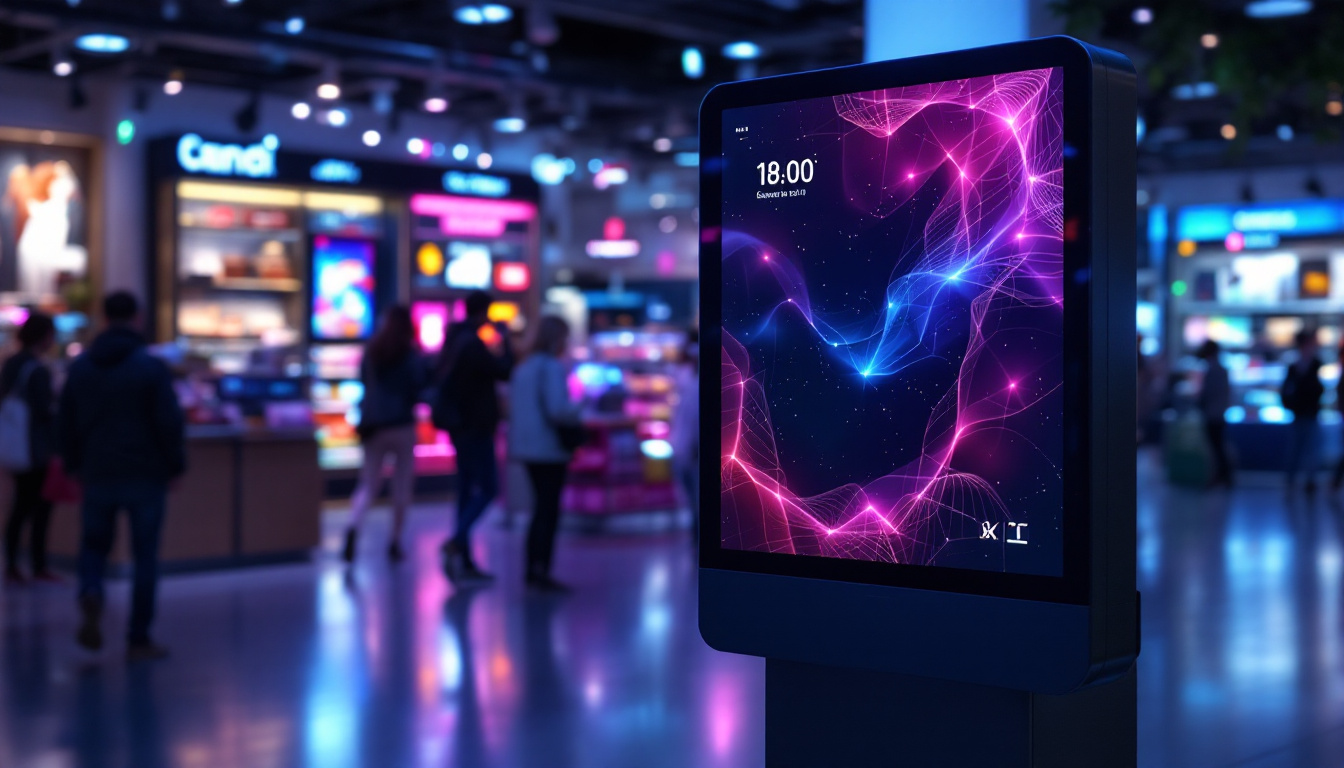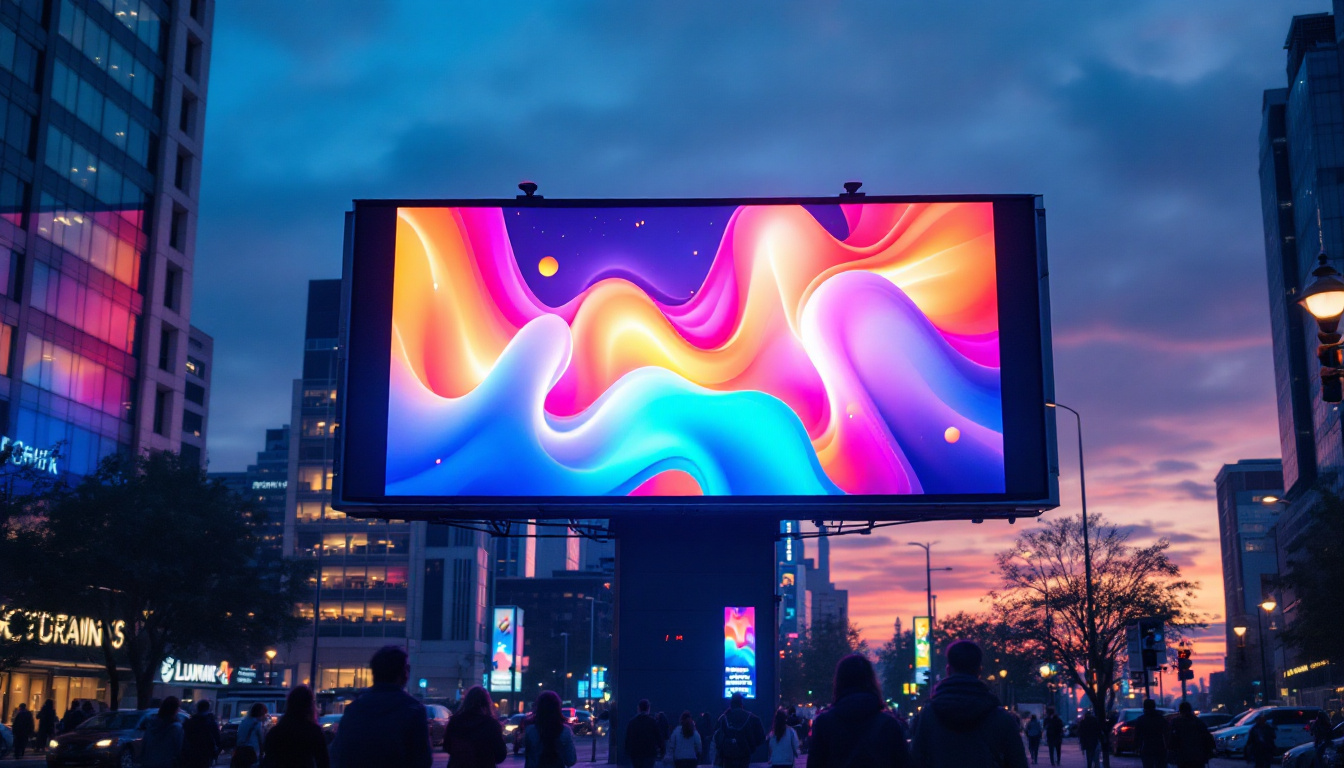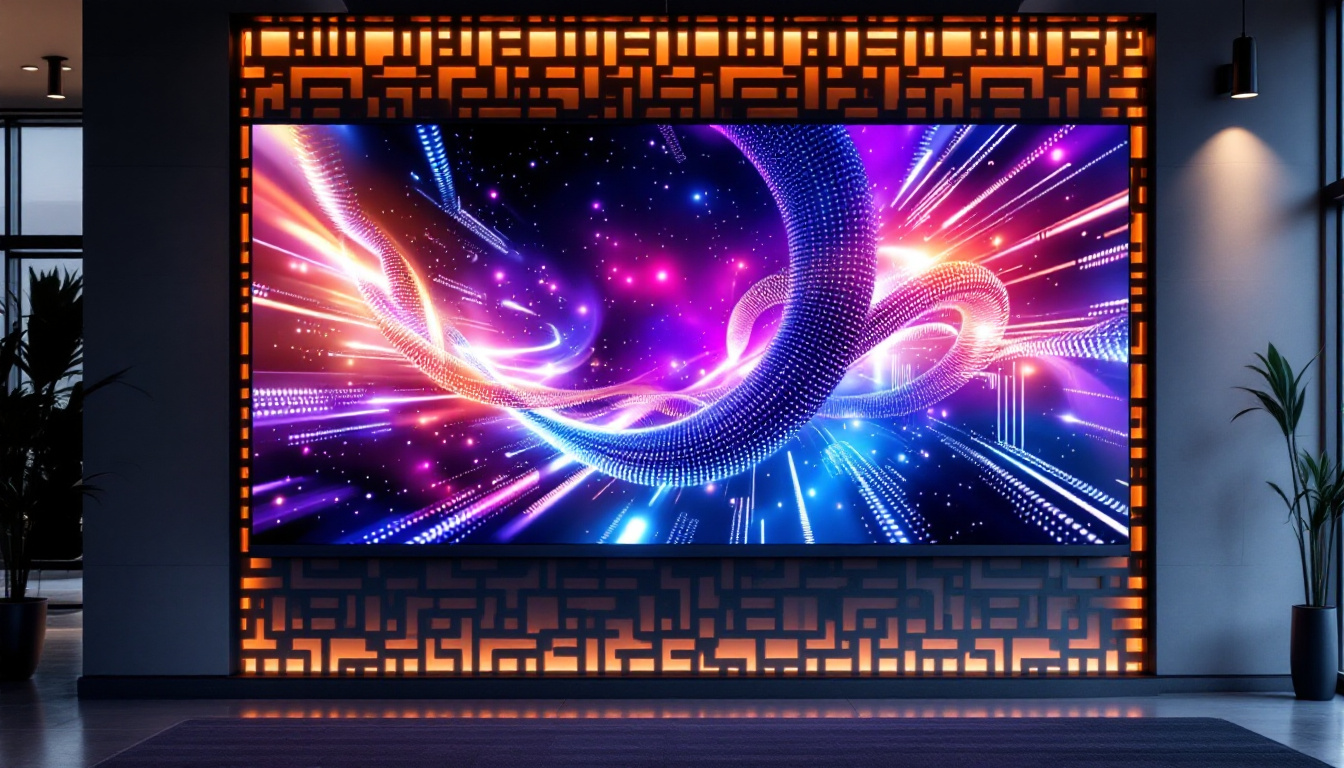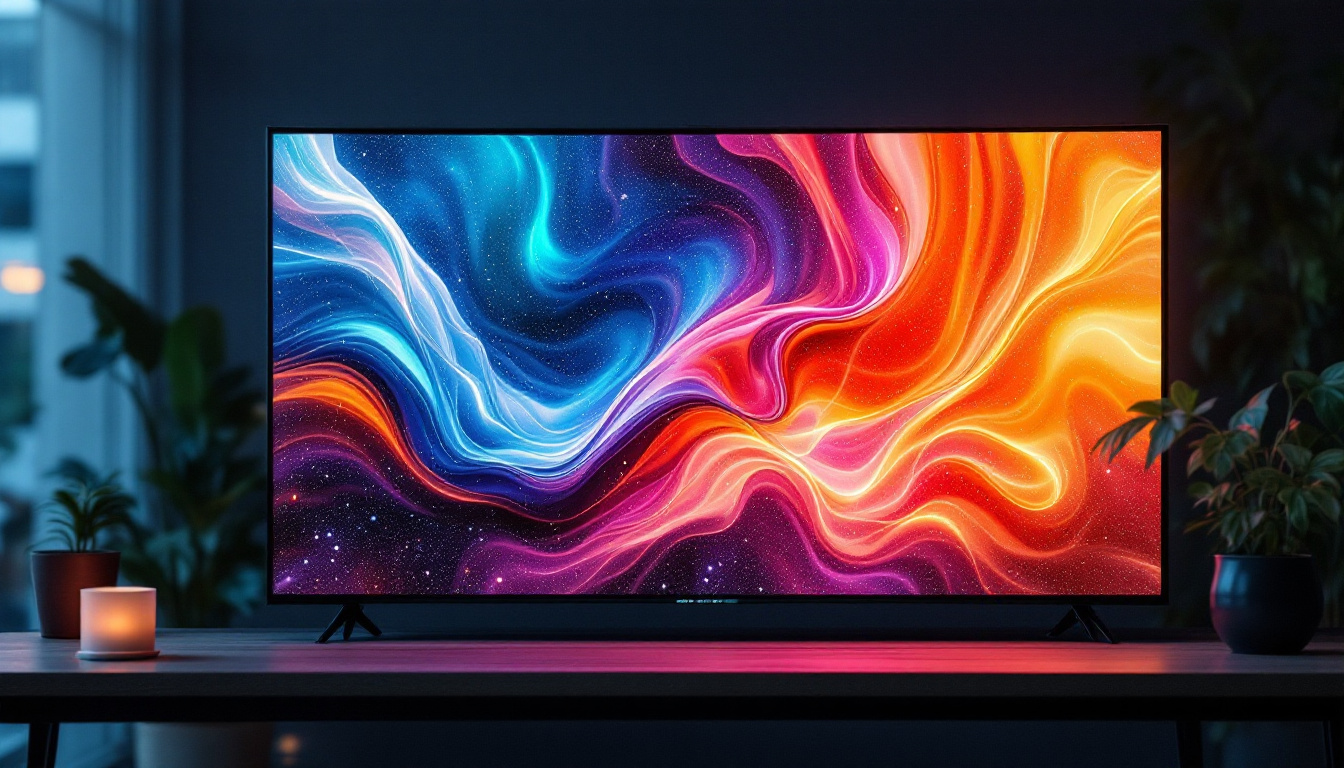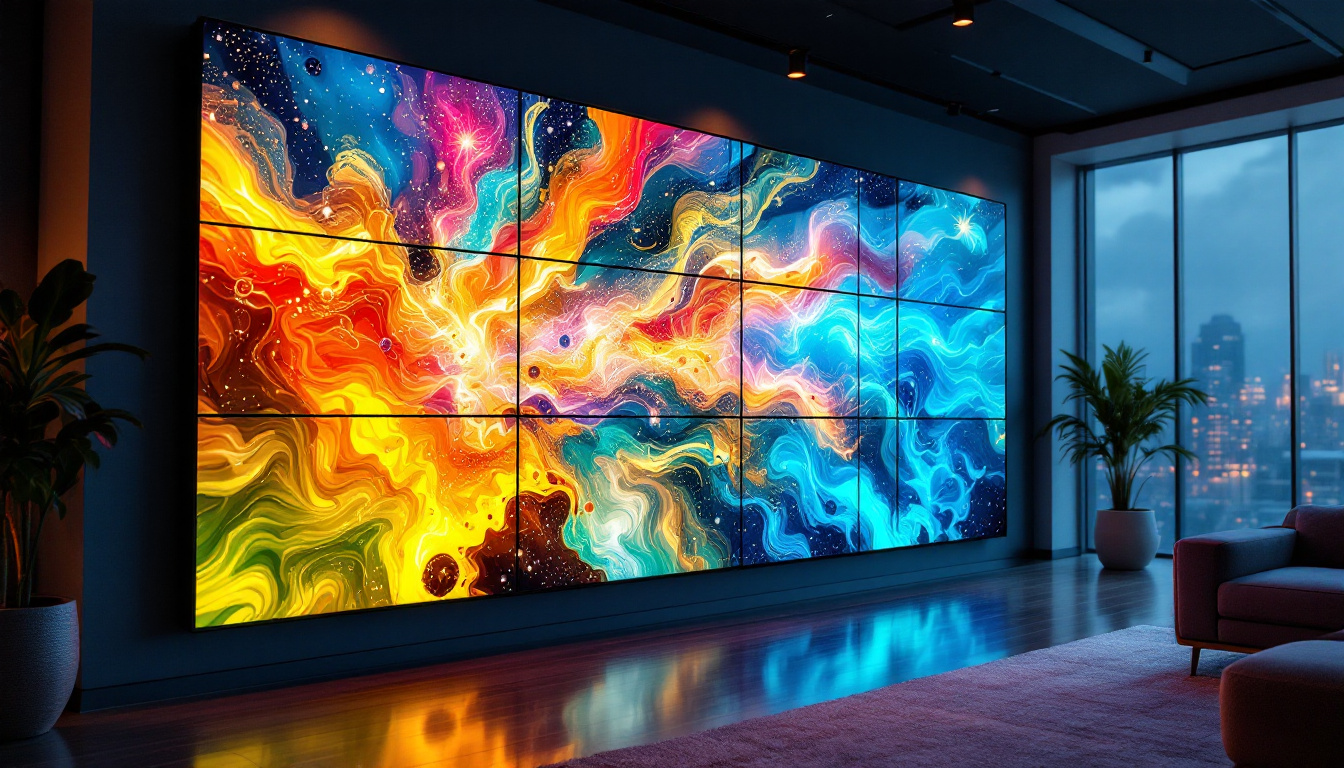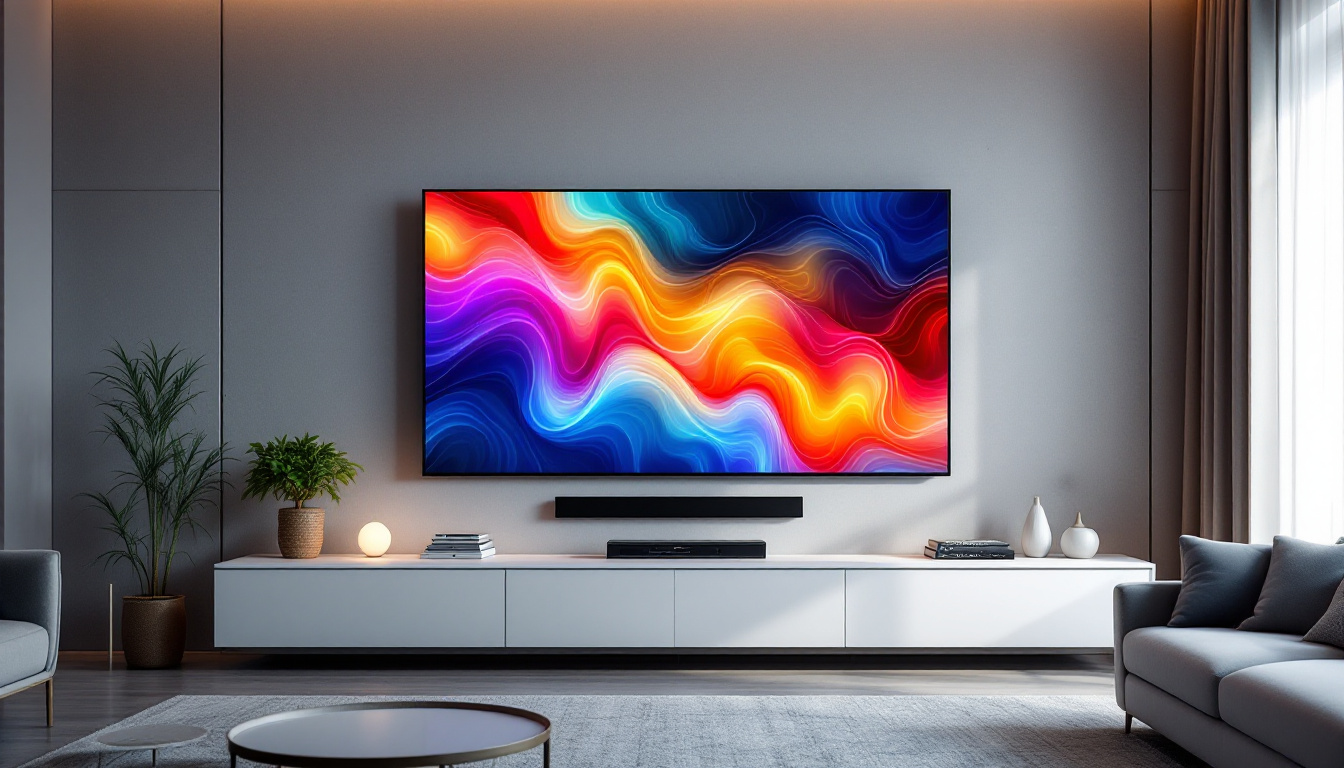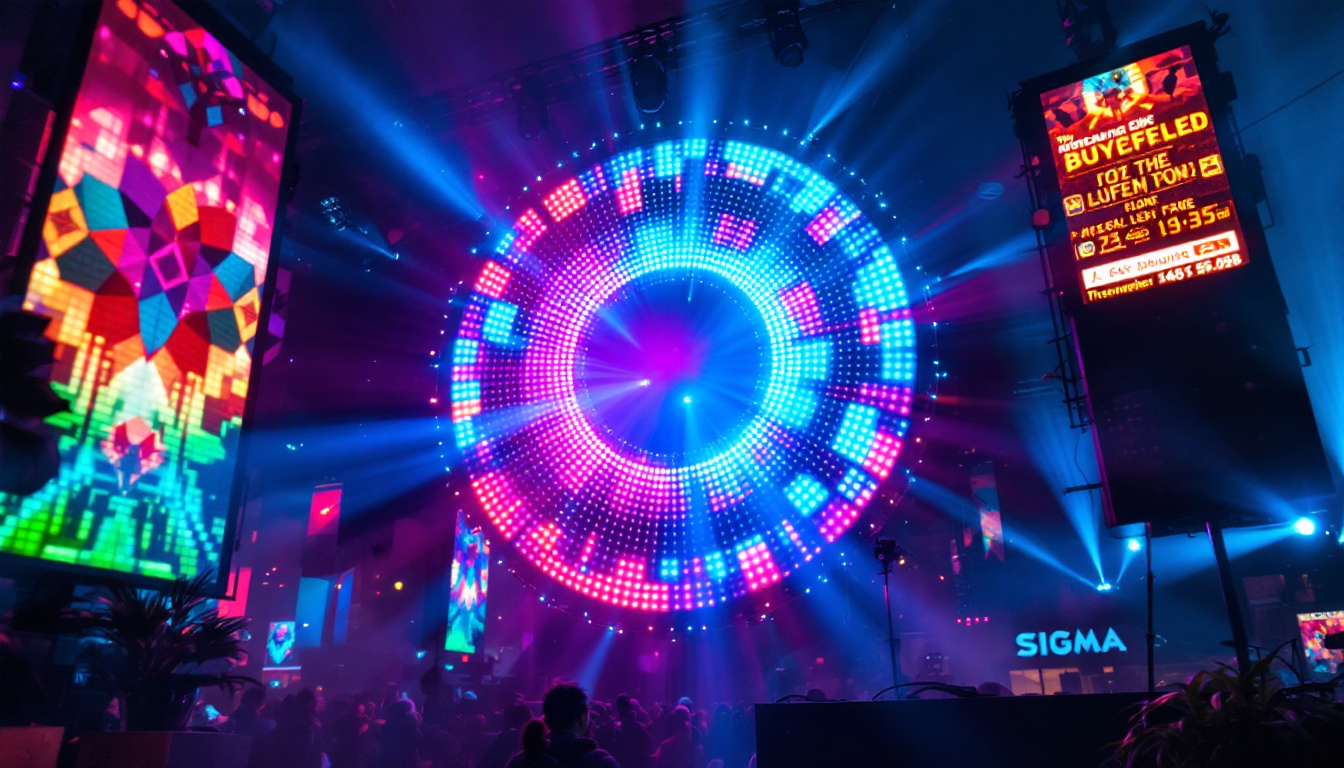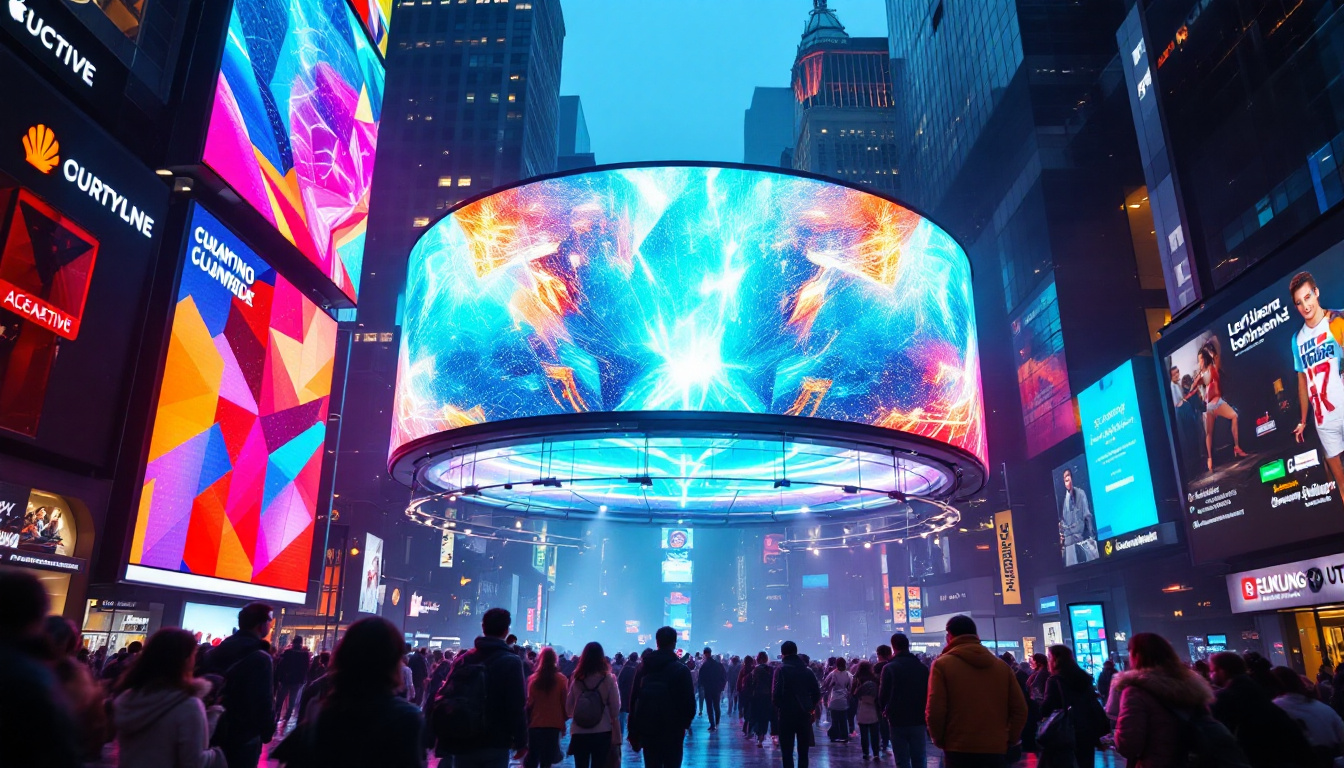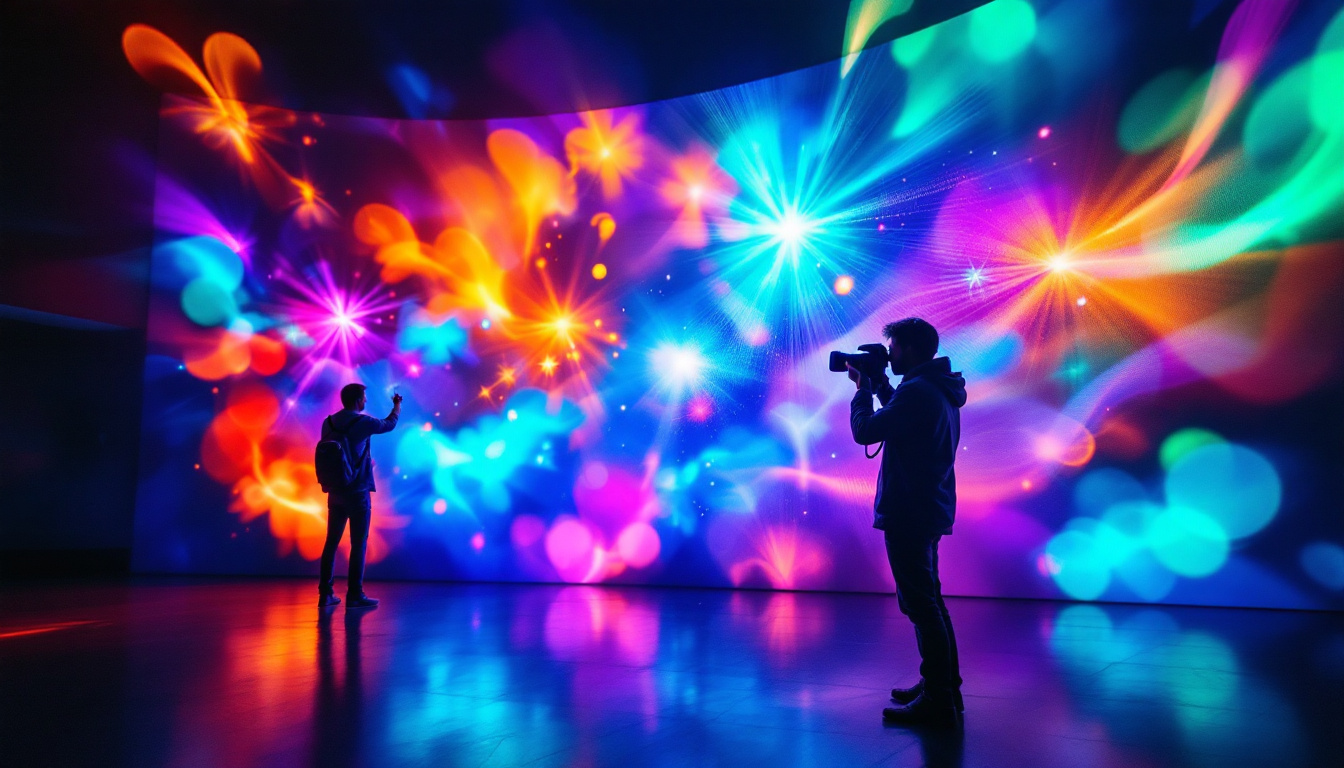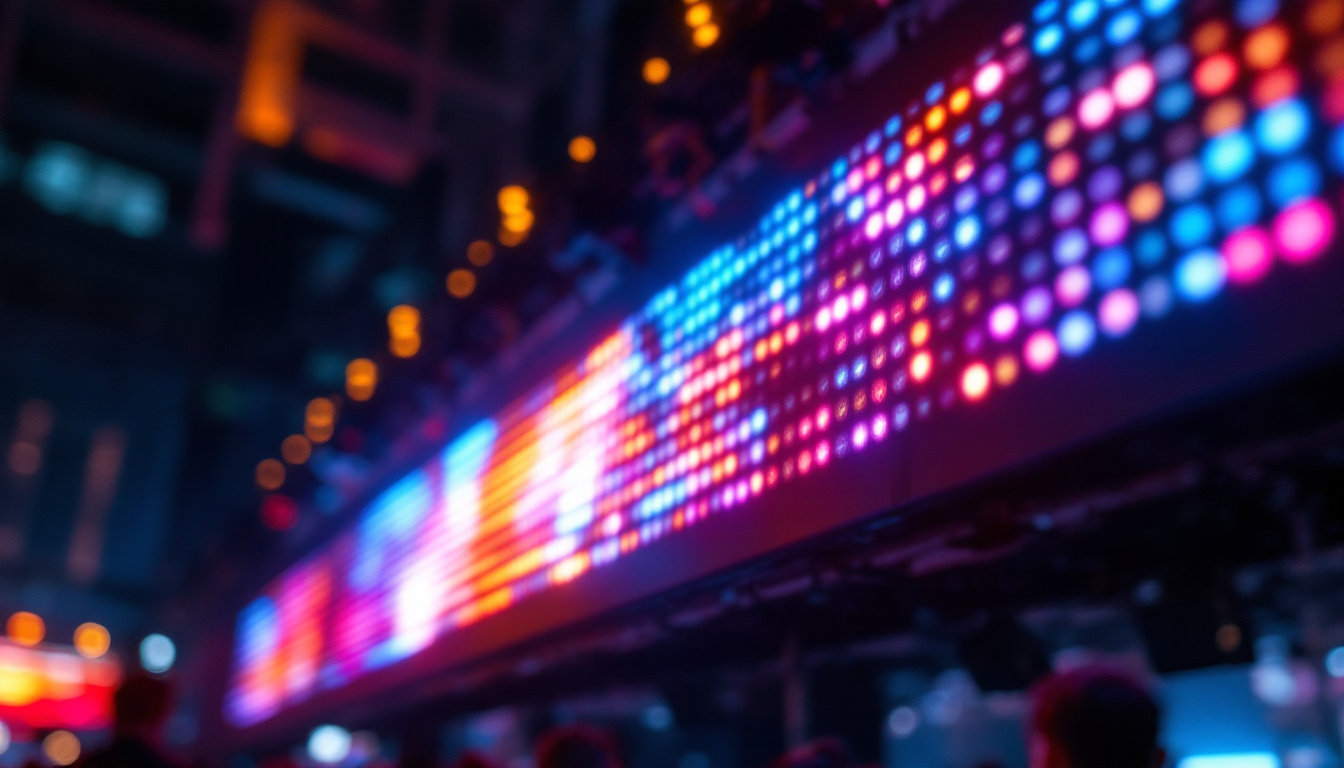In recent years, the landscape of visual display technology has evolved dramatically. Projector screens, once the dominant medium for large-scale viewing, are increasingly sharing the stage with LED displays. As consumers and businesses seek the best solutions for presentations, home theaters, and digital signage, understanding the differences and advantages of LED displays compared to traditional projector screens is essential. This article explores the technology behind LED displays, their benefits, and why they are becoming a preferred choice in many settings, especially during projector screen sales and upgrade considerations.
Understanding the Basics: What Is an LED Display?
LED stands for Light Emitting Diode, a semiconductor device that emits light when an electric current passes through it. An LED display is a flat panel display that uses an array of light-emitting diodes as pixels to create images. Unlike projector screens, which rely on external light sources to project images onto a surface, LED displays are self-illuminating, meaning each pixel produces its own light.
This fundamental difference results in several key advantages. For one, LED displays offer superior brightness and contrast levels. Since each pixel emits light independently, LED screens can achieve true blacks by turning off individual LEDs, something projectors cannot replicate as effectively due to ambient light interference. Additionally, LED displays can maintain consistent color accuracy and vibrancy, making them ideal for applications where visual fidelity is paramount, such as in art galleries or high-end retail environments.
Types of LED Displays
LED displays come in various forms, primarily categorized into two types: direct-view LED and LED-backlit LCD. Direct-view LED displays consist of LEDs arranged in a grid that directly forms the image, commonly used in large outdoor screens and high-end indoor displays. LED-backlit LCDs, on the other hand, use LEDs as a backlight behind an LCD panel, which modulates the light to create images.
For large-scale viewing environments, such as conference rooms, auditoriums, or digital billboards, direct-view LED displays are preferred due to their brightness, scalability, and durability. Understanding these distinctions helps buyers make informed decisions during projector screen sales and upgrades. Furthermore, the advancements in LED technology have led to the development of flexible and transparent displays, which open up new possibilities for creative installations in architecture and design. These innovative displays can be seamlessly integrated into various surfaces, allowing for dynamic advertising and immersive experiences that were previously unimaginable.
Moreover, the energy efficiency of LED displays is another significant factor contributing to their popularity. Compared to traditional display technologies, LEDs consume less power, which not only reduces operational costs but also lessens the environmental impact. This eco-friendly aspect is increasingly important as businesses and consumers alike seek sustainable solutions. As technology continues to evolve, we can expect to see even more enhancements in LED display capabilities, including improved resolution, enhanced color gamuts, and smarter integration with other digital technologies, further solidifying their place in the future of visual communication.
Comparing LED Displays and Projector Screens
Brightness and Visibility
One of the most significant differences between LED displays and projector screens lies in brightness. LED displays can reach brightness levels exceeding 1,000 nits, with some commercial models achieving over 5,000 nits. This high brightness ensures clear visibility even in well-lit environments, making LED displays ideal for spaces with ambient light. Whether it’s a bustling conference room or a vibrant retail space, the ability to maintain clarity and detail in bright conditions is a crucial advantage of LED technology.
Projector screens, by contrast, depend on the projector’s light output, measured in lumens. While modern projectors can produce between 2,000 to 5,000 lumens, their image quality degrades significantly in bright rooms. This limitation often requires darkened environments to achieve optimal viewing, which may not be practical in many settings. Furthermore, the effectiveness of a projector can also be influenced by the type of screen used; a high-gain screen can enhance brightness but may compromise viewing angles, leading to a less uniform image across the screen.
Image Quality and Color Accuracy
LED displays excel in delivering vibrant colors and high contrast ratios. Because each LED emits light directly, colors appear more saturated and accurate. Additionally, LED displays can maintain consistent image quality over time without the need for frequent calibration. This inherent quality makes them particularly appealing for applications that require precise color representation, such as graphic design or video production, where fidelity to the original content is paramount.
Projectors rely on color wheels or LCD panels to produce images, which can sometimes result in color shifts or reduced saturation, especially as the projector lamp ages. Moreover, projector lamps have a limited lifespan, typically around 2,000 to 4,000 hours, after which replacement is necessary to maintain image quality. The need for regular maintenance can be a significant drawback for users who prefer a hassle-free experience. Additionally, the varying quality of projector lenses can also impact sharpness and detail, making it essential to choose high-quality equipment to achieve the best results.
Installation and Maintenance
Projector screens require careful installation to ensure proper alignment and tension. The projector itself must be positioned at the correct distance and angle, and maintenance includes lamp replacements and cleaning of filters. This can add to the total cost of ownership over time. Moreover, the setup process can be time-consuming, often necessitating professional installation, especially in larger venues or complex environments. This complexity can deter organizations looking for quick and efficient solutions.
LED displays, while initially more expensive, offer a more straightforward installation process. They can be mounted on walls or assembled as modular panels to fit various sizes. Maintenance is generally minimal, focused on occasional cleaning and software updates. Their longer lifespan—often exceeding 50,000 hours—makes them a cost-effective solution in the long run. Additionally, many LED displays come equipped with smart technology that allows for remote management and troubleshooting, further reducing the need for on-site technical support. This capability can be particularly beneficial for businesses that operate across multiple locations, as it streamlines the management of their display systems.
Why LED Displays Are Gaining Popularity During Projector Screen Sales
As the price gap between LED displays and projectors narrows, many consumers and businesses are reconsidering their options during projector screen sales or technology upgrades. Several factors contribute to the growing popularity of LED displays:
Improved Affordability and Accessibility
Historically, LED displays were prohibitively expensive for many users, especially for home theater applications. However, advancements in manufacturing and increased competition have driven prices down significantly. Entry-level LED panels suitable for small to medium-sized venues are now within reach of many buyers who previously only considered projectors. This democratization of technology has opened the door for a wider audience, allowing more users to experience high-quality visual displays without breaking the bank. As a result, we are witnessing a surge in DIY home theater setups, where enthusiasts can create cinematic experiences using affordable LED screens.
Versatility in Application
LED displays are highly versatile. They are used in corporate boardrooms, educational institutions, retail environments, sports arenas, and even residential settings. Their ability to deliver bright, clear images in various lighting conditions makes them adaptable to numerous use cases, unlike projectors which often require controlled lighting. For instance, in retail environments, LED displays can showcase vibrant advertisements that capture customer attention, while in classrooms, they facilitate interactive learning experiences that engage students more effectively than traditional projectors. Furthermore, the modular nature of some LED systems allows for creative configurations, enabling large-scale displays that can be tailored to fit any space or event.
Energy Efficiency and Sustainability
LED technology is inherently energy-efficient compared to traditional projector lamps. LEDs consume less power and generate less heat, reducing cooling requirements. This efficiency aligns with growing environmental concerns and corporate sustainability goals, making LED displays an attractive choice for eco-conscious buyers. Additionally, the longevity of LED displays—often lasting tens of thousands of hours—means less frequent replacements, further minimizing waste and resource consumption. As businesses and individuals alike strive to reduce their carbon footprints, opting for LED displays not only makes financial sense but also contributes to a more sustainable future.
Enhanced Image Quality and Performance
Another significant advantage of LED displays is their superior image quality. With advancements in display technology, modern LED panels offer higher resolutions, better color accuracy, and improved contrast ratios compared to many traditional projectors. This results in sharper images and more vibrant colors, making them ideal for applications where visual fidelity is paramount, such as digital art exhibitions or high-definition video presentations. Furthermore, many LED displays now support HDR (High Dynamic Range) content, which enhances the viewing experience by providing a wider range of colors and brightness levels. This capability is particularly appealing to gamers and film enthusiasts who seek the most immersive experience possible.
Ease of Installation and Maintenance
LED displays also boast a significant advantage in terms of installation and maintenance. Unlike projectors, which often require complex setups involving screens, mounts, and alignment, LED displays can be easily mounted on walls or integrated into existing structures with minimal effort. This ease of installation is particularly beneficial for businesses looking to upgrade their technology quickly without extensive downtime. Additionally, maintenance is typically less demanding; with no bulbs to replace and fewer moving parts, LED displays can operate for longer periods with less intervention, allowing users to focus on their content rather than the technology itself.
Key Considerations When Choosing Between LED Displays and Projector Screens
Budget Constraints
While LED displays offer many advantages, budget remains a critical factor. Projector setups often have a lower initial cost, especially for smaller screen sizes. Buyers should consider total cost of ownership, including installation, maintenance, and replacement parts, when making a decision.
Space and Room Conditions
The physical environment plays a significant role. LED displays require wall space or structural support, which may not be feasible in all locations. Conversely, projectors can be ceiling-mounted and paired with retractable screens, offering flexibility in multi-use spaces.
Image Size and Viewing Distance
For extremely large displays, such as those used in stadiums or outdoor advertising, LED panels are often the better choice due to their scalability. However, for smaller, intimate settings like home theaters, high-quality projectors can still provide excellent image size and resolution at a lower cost.
The Future of Visual Display Technology
The convergence of LED technology with emerging innovations promises exciting developments in the visual display market. MicroLED, an advanced form of LED technology, offers even higher resolution, better color accuracy, and thinner form factors. Meanwhile, improvements in projector technology, such as laser projectors, are enhancing brightness and lifespan, narrowing the gap between these two display types.
As consumer preferences evolve, the choice between projector screens and LED displays will increasingly depend on specific use cases, budget, and desired image quality. During projector screen sales, potential buyers should stay informed about these technological trends to make the most suitable investment.
Conclusion
LED displays represent a significant advancement in visual technology, offering superior brightness, color accuracy, and durability compared to traditional projector screens. While projectors still hold value for certain applications, especially where budget and space constraints exist, LED displays are rapidly becoming the preferred option for many environments due to their versatility and long-term cost benefits.
Understanding the technical differences, practical considerations, and future trends can empower buyers to make informed decisions during projector screen sales or technology upgrades. Whether for business presentations, digital signage, or home entertainment, LED displays provide a compelling alternative that combines cutting-edge technology with reliable performance.
Discover LumenMatrix LED Display Solutions
Ready to elevate your visual experience with the latest in LED technology? Look no further than LumenMatrix, a pioneer in crafting immersive and dynamic LED displays for every application. From vibrant Indoor and Outdoor LED Wall Displays to innovative solutions like Vehicle LED Displays and LED Transparent Displays, LumenMatrix has the perfect fit for your needs. Embrace the future of visual communication and check out LumenMatrix LED Display Solutions today to see how we can transform your space and captivate your audience.





